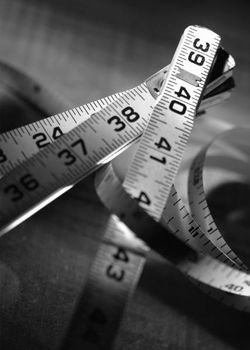 During this stage of the process, the coach helps translate overall objectives into specific behaviours, as in the following examples:
During this stage of the process, the coach helps translate overall objectives into specific behaviours, as in the following examples:
‘You said you would like Peter to communicate more effectively with his team. What would you notice being different if he was being a more effective communicator?’
‘How would you know if you were more in control of what you were doing?’
or
‘What would others be seeing that would be different if you were more in control?;
It is important to get clearly identifiable outcomes as ‘communicate more effectively’ could mean anything from being more assertive when dealing with senior managers to briefing staff members on a regular basis or ensuring that systems are in place to impart information – eg. group emails, weekly emailed update, etc. All these can be measured and it is here that those coaches used to the SMART goal-setting model will see similarities.
A behavioural model aims to turn all objectives into measurable outcomes. For some coaches not used to this way of working the task can seem rather daunting. However, there is very little if anything that cannot be made concrete. Even the most emotional of desires such as ‘I want to feel happy’ can be turned into something measurable with simple questions such as: ‘If you were happy what would you be doing, feeling or thinking that is different to now?’
Obviously some information may come up later in the coaching process that has an impact on the overall outcome and there may be occasions where the contract may need to be modified at a later date. However, if this was the case then the coach would need to ensure all parties found these changes acceptable should they detraact from the originally agreed outcomes. Alternatively, it is more likely that any changes will be in addition to rather than in place of what has been agreed.






